Market Growth Projections
The Global White Sugar Market Industry is projected to experience steady growth, with revenues expected to reach 104.5 USD Billion in 2024 and 131.5 USD Billion by 2035. This growth trajectory suggests a compound annual growth rate (CAGR) of 2.11% from 2025 to 2035. Such projections indicate a stable demand for white sugar, driven by various factors including population growth, urbanization, and changing consumer preferences. The market's resilience in the face of health trends and regulatory challenges highlights its importance in the global food supply chain. These projections serve as a benchmark for stakeholders in the industry, guiding strategic decisions and investments.
Increasing Global Population
The Global White Sugar Market Industry is experiencing growth driven by the increasing global population, which is projected to reach approximately 8.5 billion by 2030. This demographic expansion leads to higher demand for food products, many of which contain sugar as a key ingredient. As consumers seek more processed and packaged foods, the need for white sugar rises correspondingly. The industry is expected to generate revenues of 104.5 USD Billion in 2024, reflecting the growing consumption patterns associated with a larger population. This trend suggests that the Global White Sugar Market will continue to expand as the population increases, potentially influencing production and pricing strategies.
Rising Demand for Processed Foods
The Global White Sugar Market Industry is significantly influenced by the rising demand for processed foods, which are often sweetened with white sugar. As urbanization accelerates and lifestyles become busier, consumers increasingly opt for convenient food options. This trend is particularly evident in developing regions where the middle class is expanding, leading to a shift in dietary preferences. The market is projected to reach 131.5 USD Billion by 2035, indicating a robust growth trajectory. This demand for processed foods not only drives sugar consumption but also encourages innovation in product formulations, thereby impacting the overall dynamics of the Global White Sugar Market.
Government Policies and Regulations
The Global White Sugar Market Industry is affected by various government policies and regulations that aim to manage sugar production and consumption. These policies can include tariffs, subsidies, and health initiatives aimed at reducing sugar intake. For instance, some countries have implemented sugar taxes to curb consumption, which may impact demand dynamics. Conversely, supportive agricultural policies can enhance production efficiency and stabilize prices. As governments navigate these complex issues, their decisions will likely shape the market's future trajectory. The interplay between regulation and market demand will be crucial in determining the industry's growth and sustainability in the coming years.
Health Trends and Sugar Alternatives
While the Global White Sugar Market Industry faces challenges from health trends advocating for reduced sugar intake, it also presents opportunities for adaptation. The rise of health-conscious consumers has led to a growing interest in sugar alternatives and natural sweeteners. However, white sugar remains a staple in many products, and manufacturers are exploring ways to balance health trends with consumer preferences. This dynamic could lead to a potential shift in product offerings within the market. As the industry adapts to these trends, it may influence the overall growth rate, which is projected at a CAGR of 2.11% from 2025 to 2035, reflecting the evolving landscape of consumer preferences.
Technological Advancements in Sugar Production
Technological advancements in sugar production are playing a pivotal role in shaping the Global White Sugar Market Industry. Innovations in agricultural practices, processing techniques, and supply chain management are enhancing efficiency and reducing costs. For example, precision agriculture and biotechnology are being utilized to improve crop yields and sugar extraction processes. These advancements not only contribute to meeting the rising demand but also help in maintaining competitive pricing within the market. As the industry embraces these technologies, it is likely to experience enhanced productivity, which could support the projected growth of 104.5 USD Billion in 2024 and beyond.


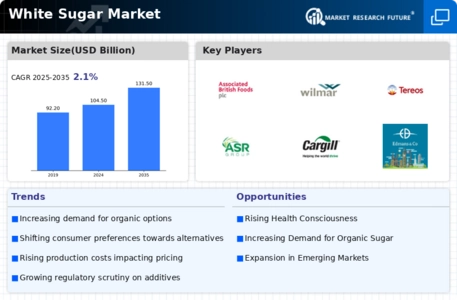
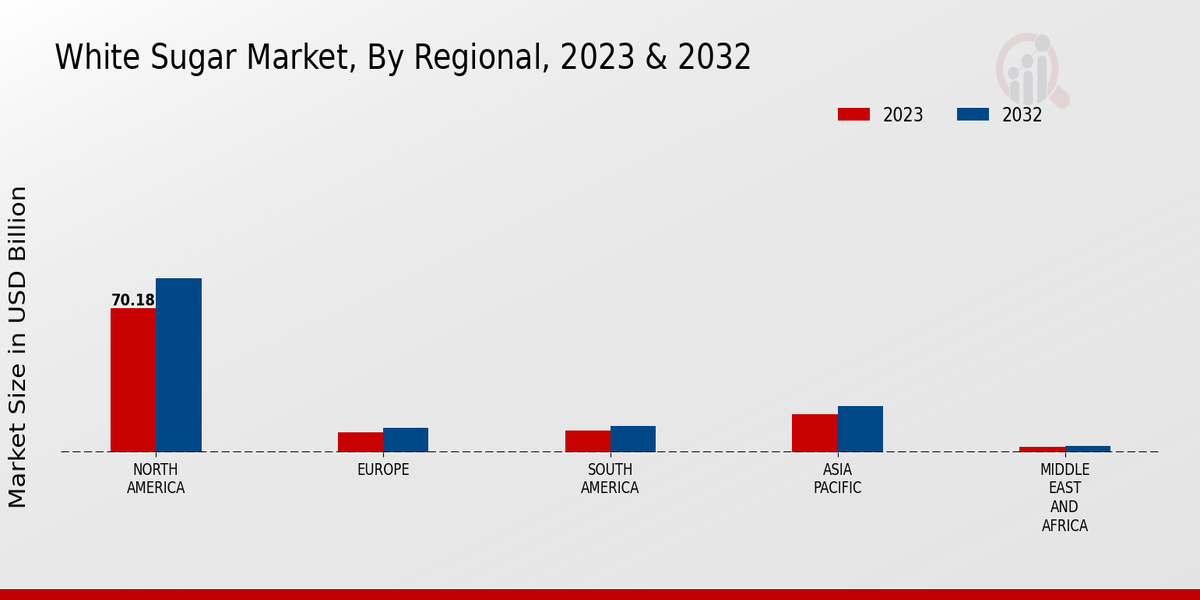
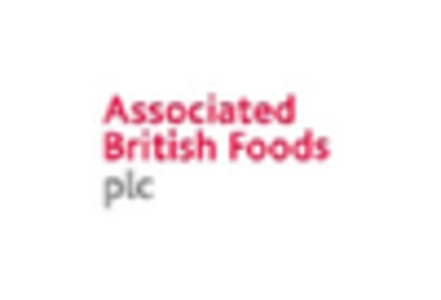


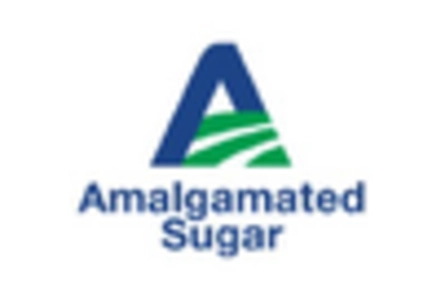

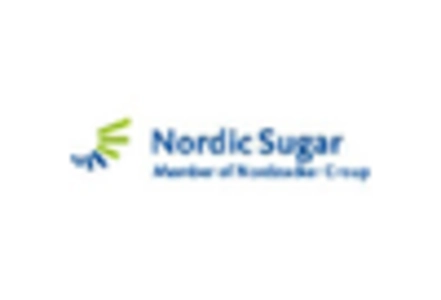


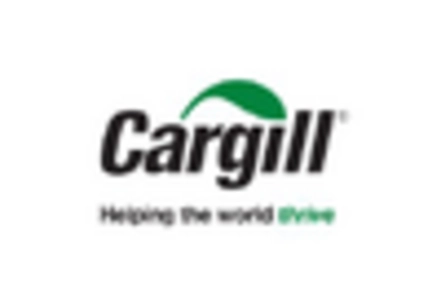












Leave a Comment